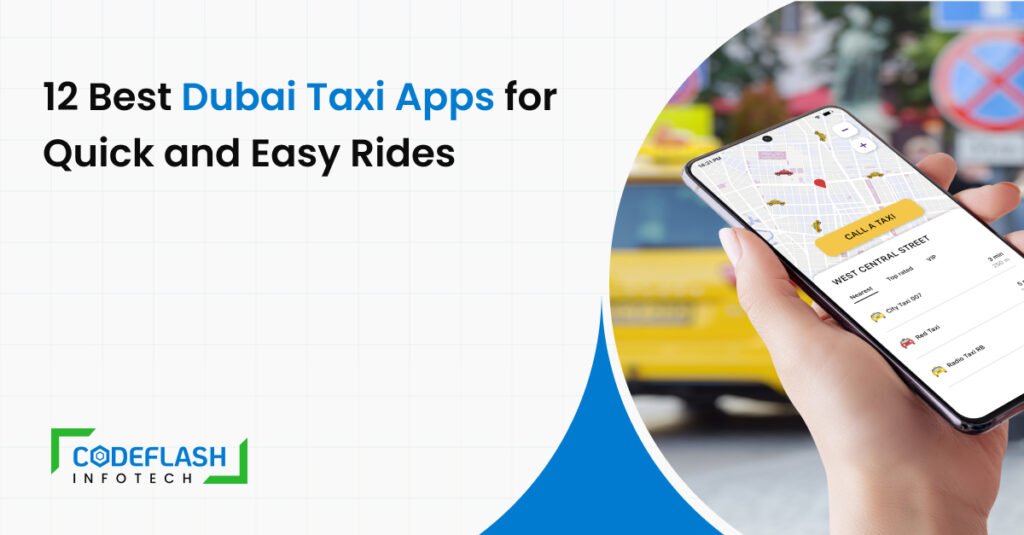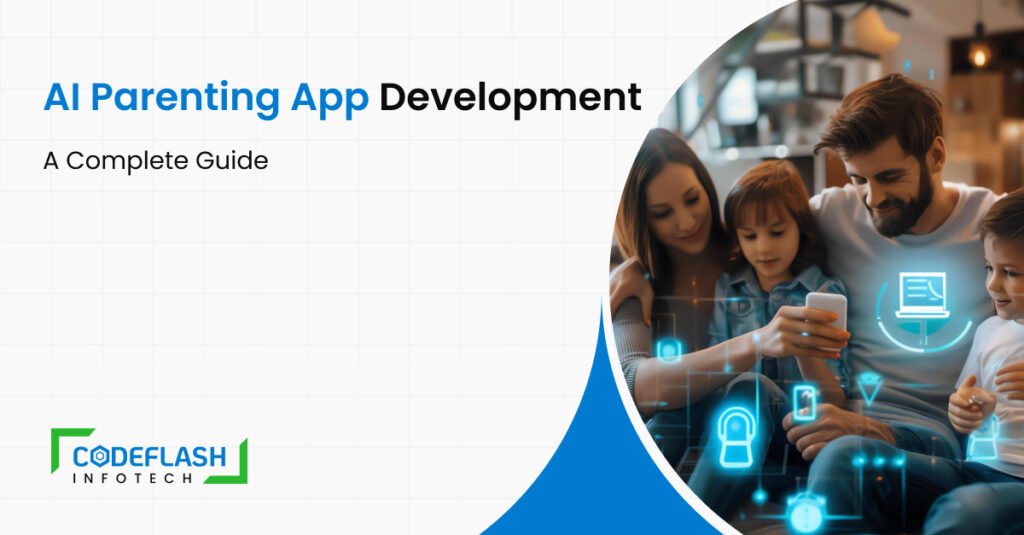
How to Create an AI App Using OpenAI’s API in 5 Steps
07 APR 2023
From personal assistants like Siri and Alexa to self-driving cars and predictive analytics in finance, AI has become an integral part of our daily lives. If you’re a company looking to add advanced AI capabilities to your application, OpenAI’s API provides a powerful and effective way. This article will walk you through the five steps to creating an AI app using OpenAI’s API.
Are you interested in building an AI app but don’t know where to start? Look no further! OpenAI’s API provides a powerful tool for developers to create intelligent applications. This blog post will walk you through the five steps to creating your AI app using OpenAI’s API. Whether you’re a seasoned developer or just starting, follow along and see how easy it is to take advantage of this cutting-edge technology. Let’s get started!
Step 1: Sign Up for OpenAI's API
The first step to using OpenAI’s API is to sign up for an account on their website. Once you’ve created an account, you must request access to their API by clicking on the “Get API Key” button. You’ll be asked to provide additional information about your intended use case for the API. OpenAI’s team will review your request and provide API access if your use case aligns with their policies.
Step 2: Choose the API Endpoint
OpenAI offers a variety of APIs for different tasks, such as language processing, text completion, and image recognition. To create an effective AI app, you need to select the appropriate API endpoint that aligns with your project’s goals. For example, if you’re building a chatbot that can understand and respond to natural language, you might choose OpenAI’s GPT-3 API endpoint. On the other hand, if you’re building an app that can recognize objects in images, you might choose OpenAI’s DALL-E API endpoint.
Before choosing an API endpoint, it’s essential to understand the specific task you want your AI app to perform. Once you’ve identified the task, you can select the appropriate API endpoint that can help you achieve your goals.
Step 3: Integrate the API
Once you select the appropriate API endpoint, integrate it into your application. OpenAI provides documentation and examples for integrating their API with various programming languages, such as Python, JavaScript, and Ruby.
For example, if you want to use the GPT-3 API endpoint in a Python app, you can use the openai Python package to interact with the API. Here’s an example code snippet for using the GPT-3 API to generate text:
Python
Copy code
import openai
openai.api_key = “YOUR_API_KEY”
prompt = “Write a short story about a robot who falls in love with a human.”
response = openai.Completion.create(
engine=”text-davinci-002″,
prompt=prompt,
max_tokens=100,
n=1,
stop=None,
temperature=0.5,
)
story = response.choices[0].text
print(story)
This code snippet uses the openai Python package to interact with the GPT-3 API. It sends a prompt to the API and receives a response in the form of generated text. This is just one example of how you can use OpenAI’s API to create an AI app.
Step 4: Test Your App
Once you’ve integrated the API into your app, it’s essential to test it thoroughly to ensure its reliability and effectiveness. OpenAI provides various testing tools to help you test your app, such as Playground, which allows you to experiment with the API without writing any code.
In addition to using OpenAI’s testing tools, you should also test your app in various scenarios and use cases to ensure its reliability and effectiveness.
Functional testing ensures that your app performs the tasks it’s intended to perform. Integration testing ensures that your app integrates with other systems and APIs as intended. Performance testing ensures that your app performs well under heavy load.
Testing is an essential part of the app development process and should be done throughout the development cycle. By testing your app thoroughly, you can identify and fix bugs and issues before deploying it to users.
Step 5: Deploy Your App
Once you’ve tested your app and are confident in its reliability and effectiveness, it’s time to deploy it to make it available to users. When deploying your app, consider factors such as scalability, security, and user experience.
Scalability refers to your app’s ability to handle an increasing number of users and data without compromising its performance. To ensure scalability, you may need to consider using cloud-based hosting services, such as Amazon Web Services or Google Cloud Platform.
Security is crucial when deploying an AI app as it can often involve sensitive data. You need to ensure that your app is secure from cyber-attacks and data breaches. This may involve implementing secure coding practices, such as encryption and data anonymization.
The user experience (UX) is a crucial factor in the success of any app, including AI applications. It’s important to ensure that your AI app is intuitive and user-friendly, with a clear and well-designed user interface (UI) that provides users with the necessary information and options. Partnering with a professional UI/UX design company can help you create an AI app that not only delivers advanced capabilities but also offers a seamless and enjoyable user experience. So, make sure to prioritize UX and collaborate with a reputable UI/UX design company to create an AI app that delights your users.

Conclusion
Creating an AI app using OpenAI’s API can be a powerful and effective way to add advanced AI capabilities to your application. By following the five steps outlined in this article, you can get started with OpenAI’s API and create an AI app that performs tasks such as language processing, text completion, and image recognition.
The first step is to sign up for OpenAI’s API and choose the appropriate API endpoint for your application. You will then need to integrate the API into your app using the programming language of your choice and test your app thoroughly to ensure its reliability and effectiveness. Finally, you can deploy your app to make it available to users, considering factors such as scalability, security, and user experience.
Building an AI app using OpenAI’s API may require effort and time, but it can be a fulfilling and valuable endeavor to integrate advanced AI capabilities into your application. By adopting the right approach and utilizing the necessary resources, you can create an AI app that elevates the user experience and delivers cutting-edge functionality. To ensure a successful outcome, consider hiring skilled mobile app developers who are proficient in AI technologies. With their expertise, you can streamline the development process and create an AI app that exceeds user expectations.




